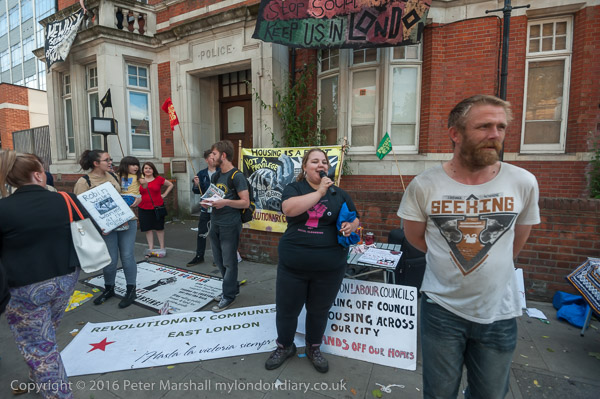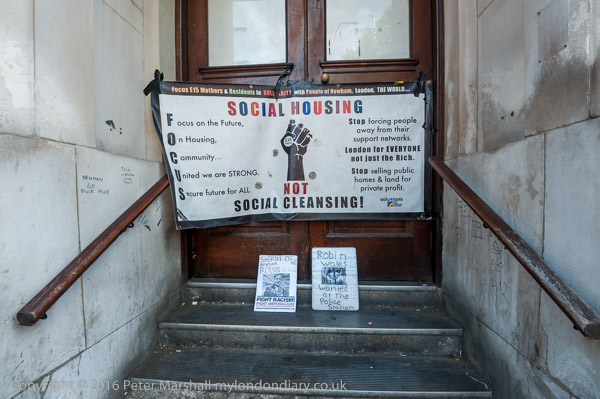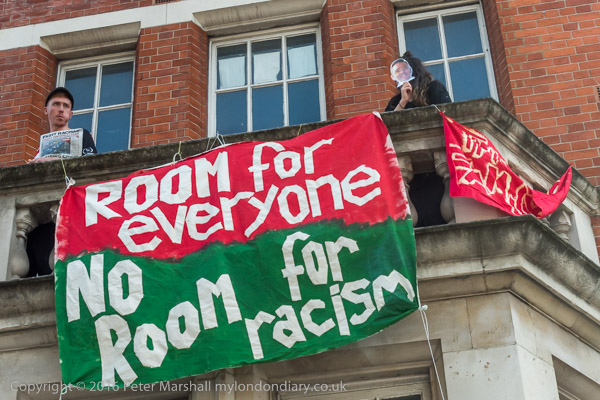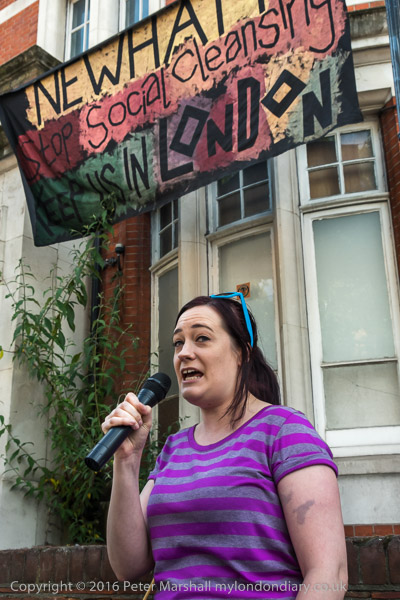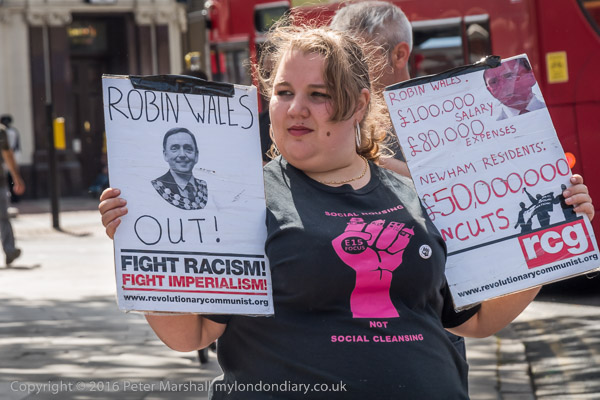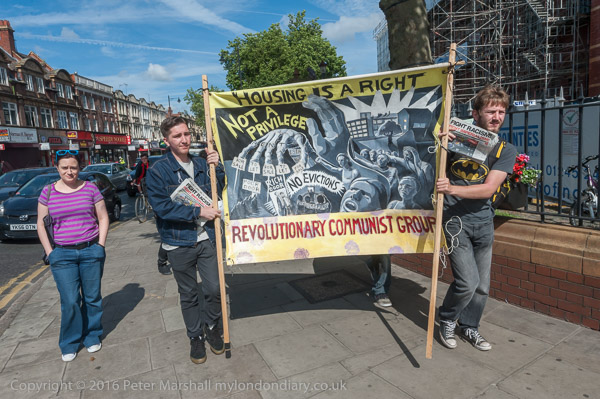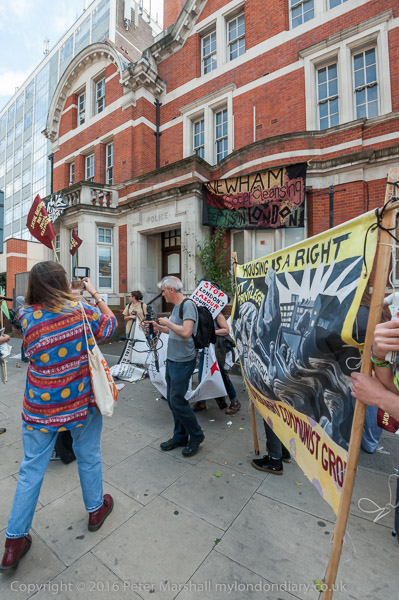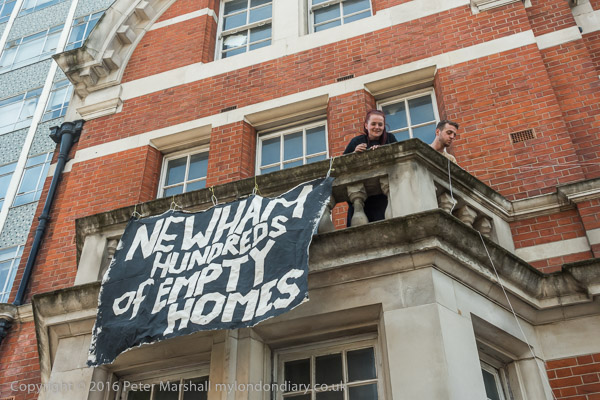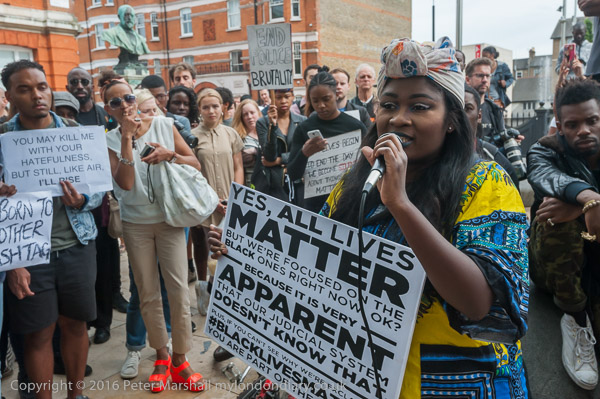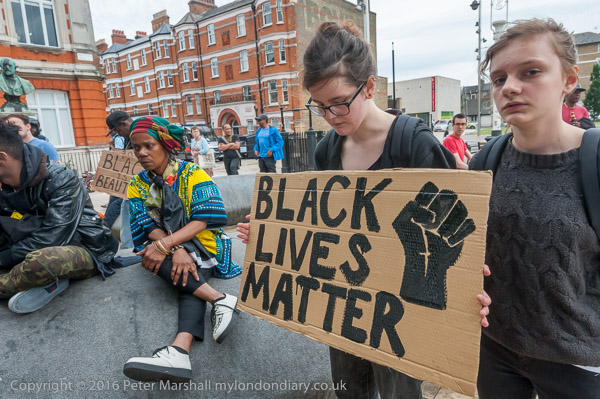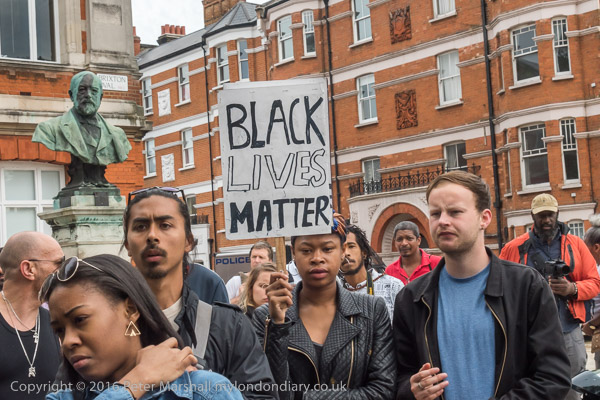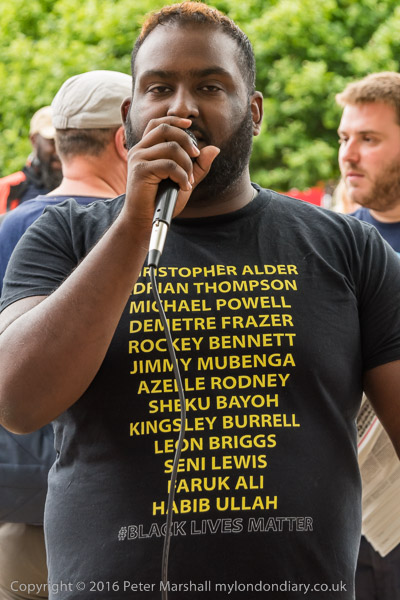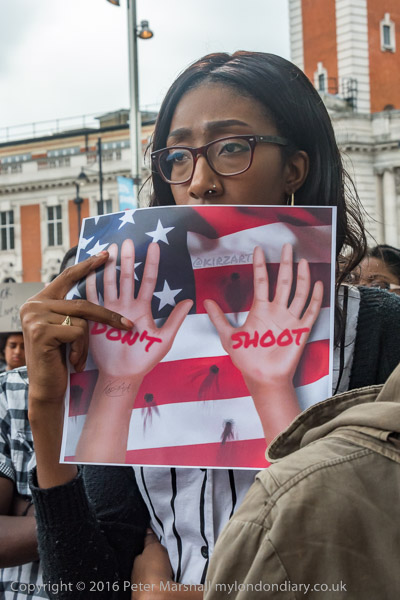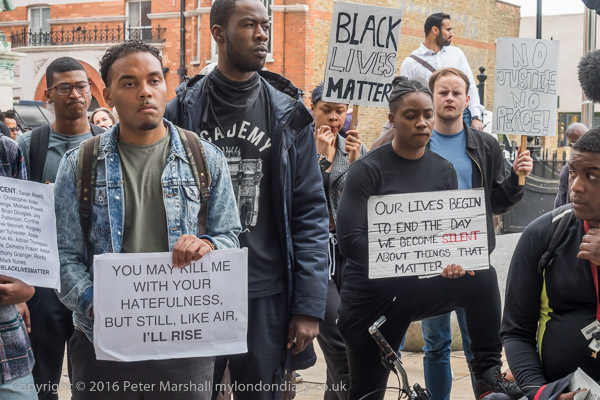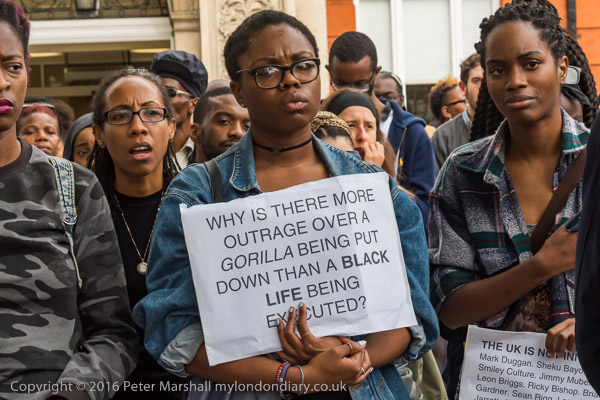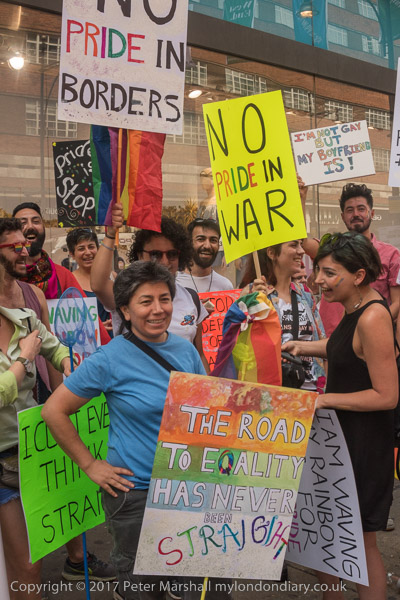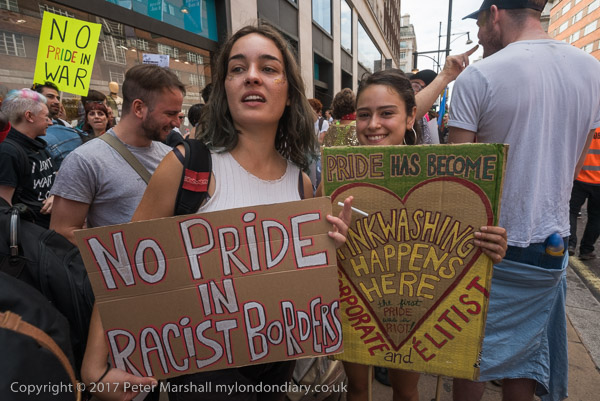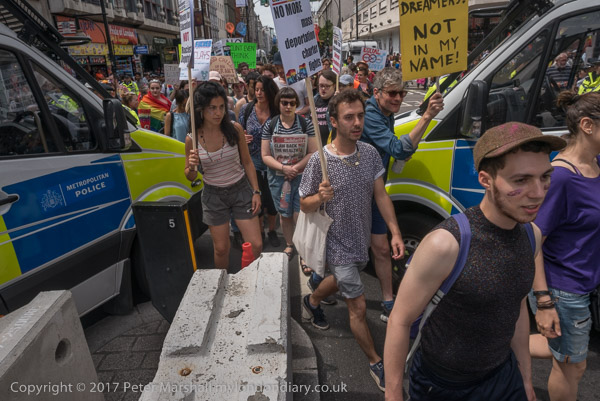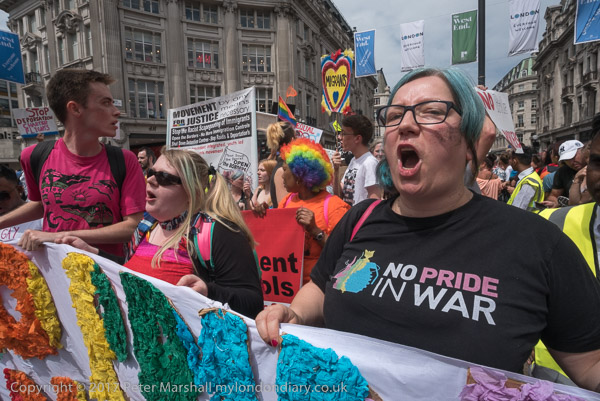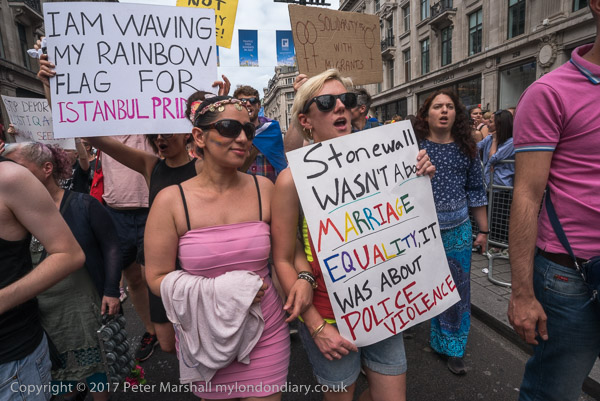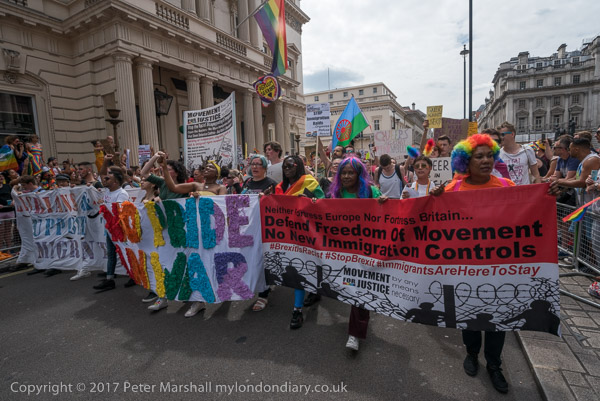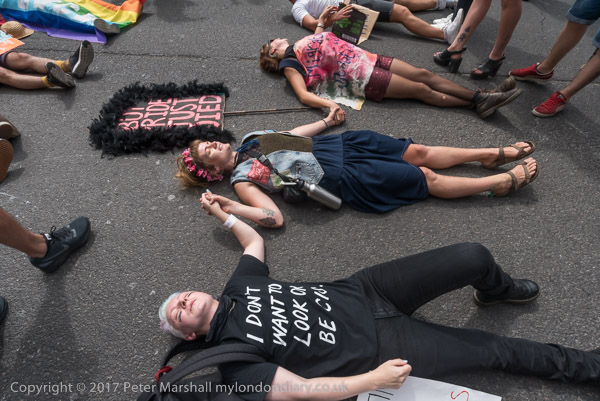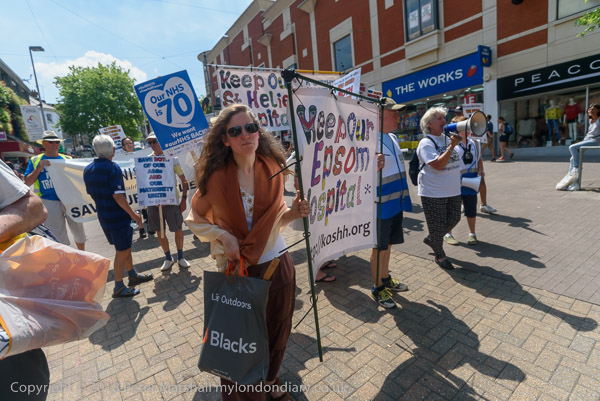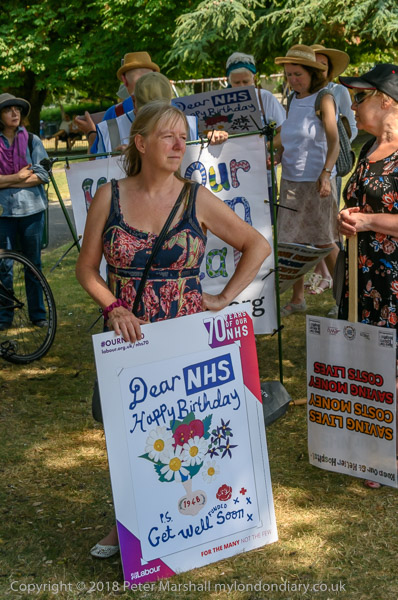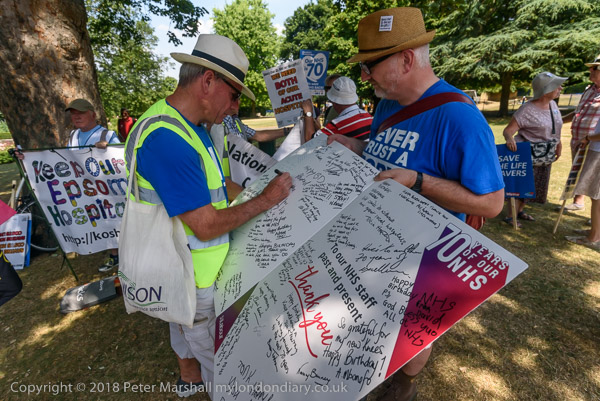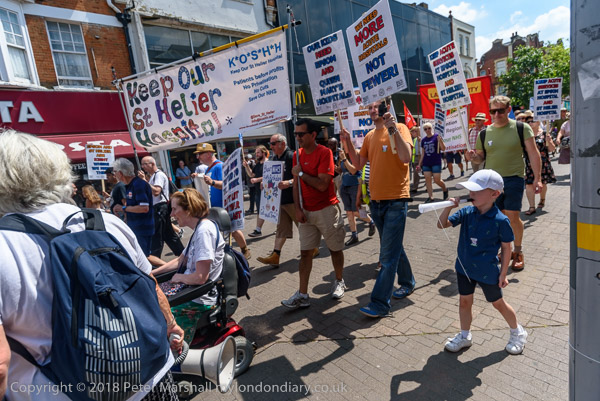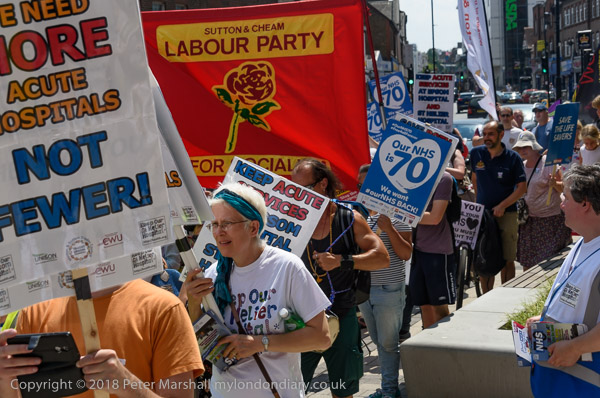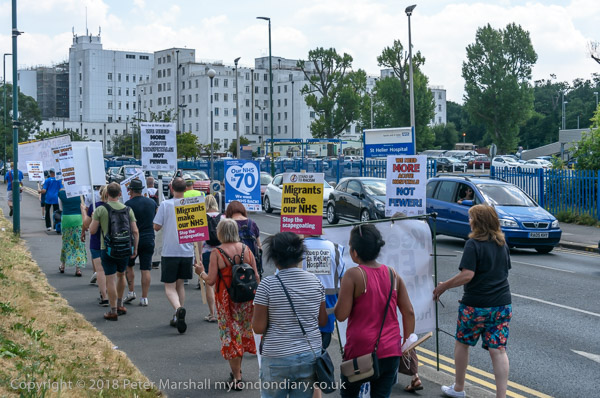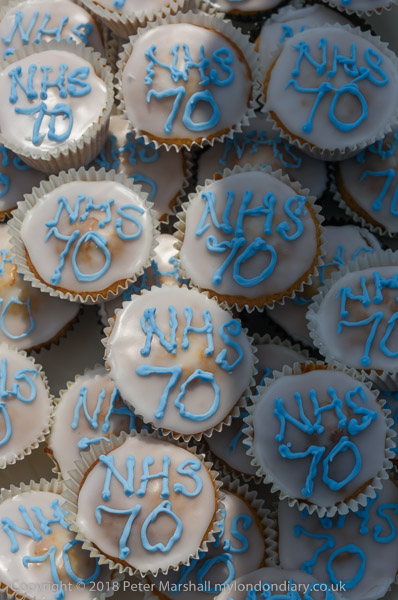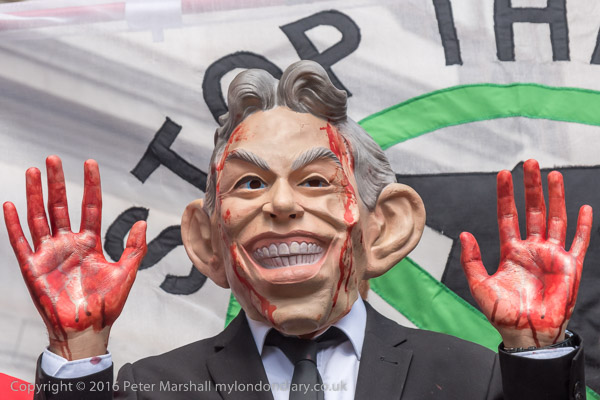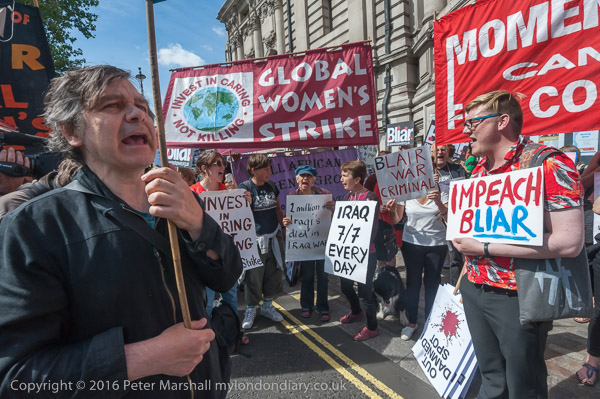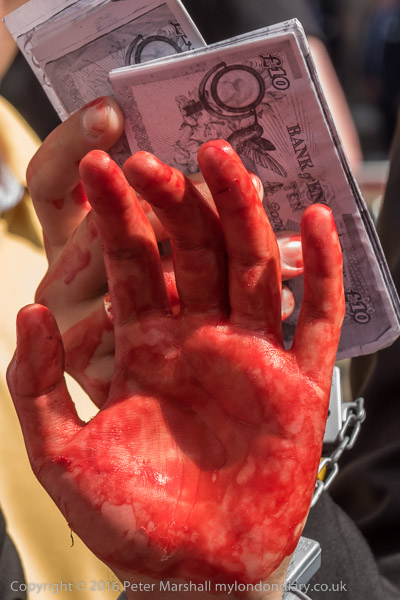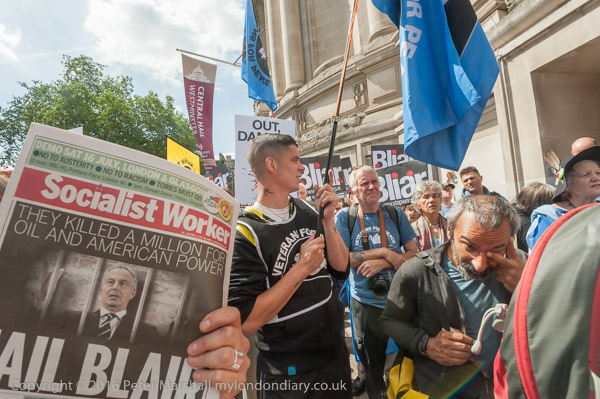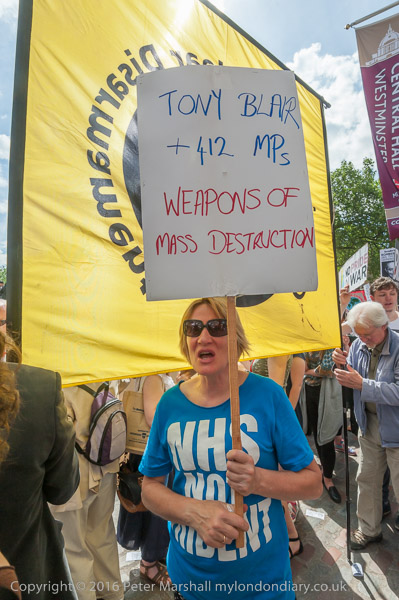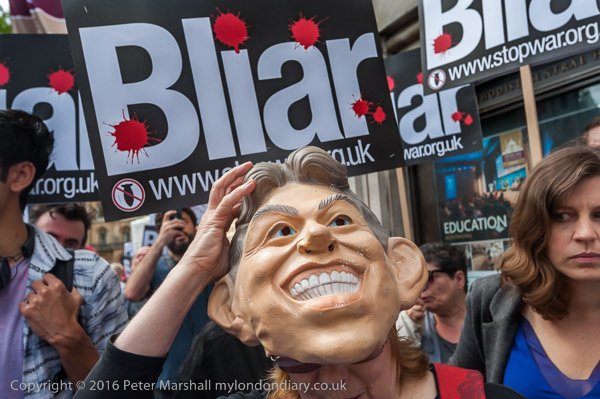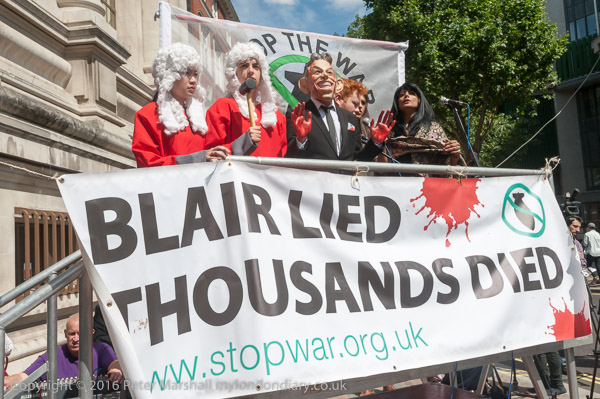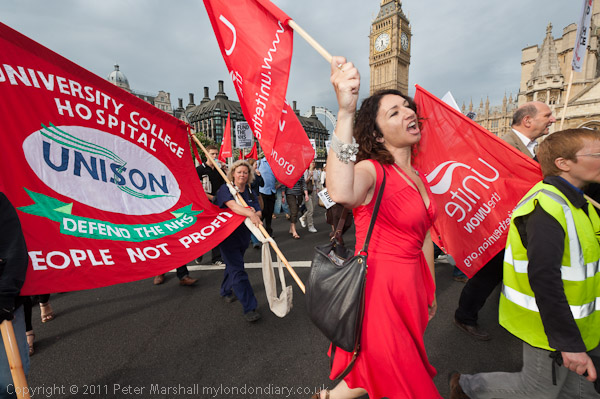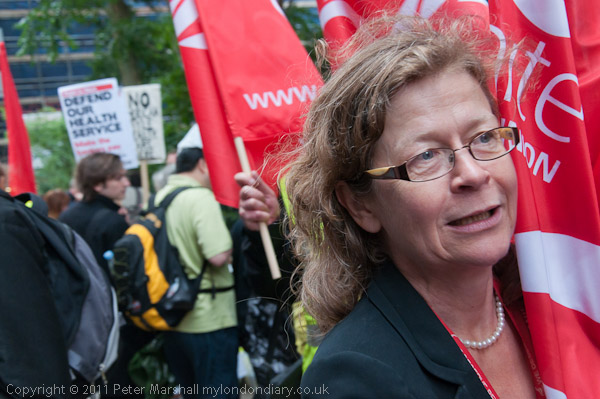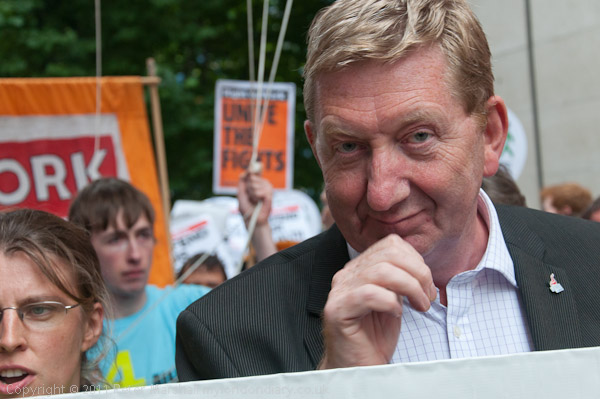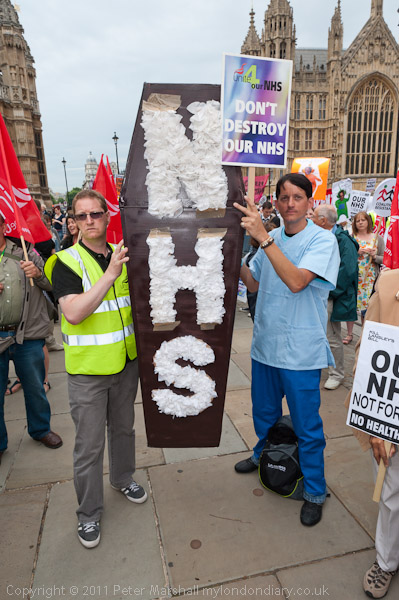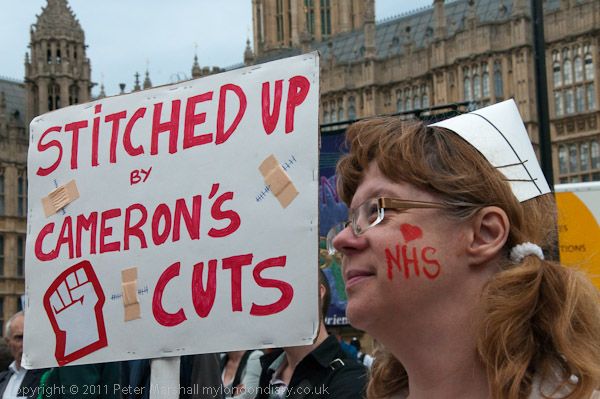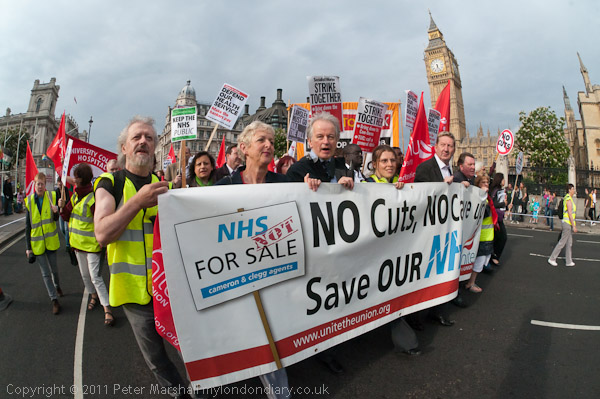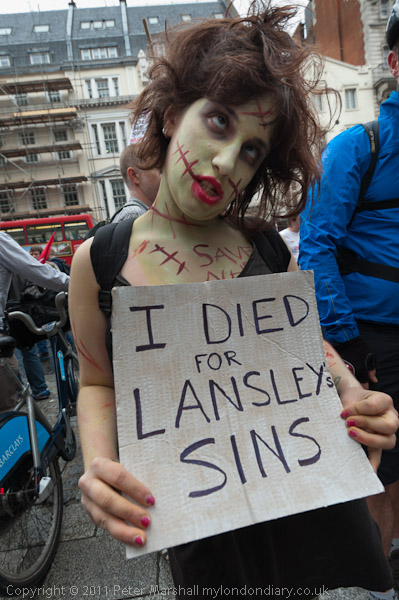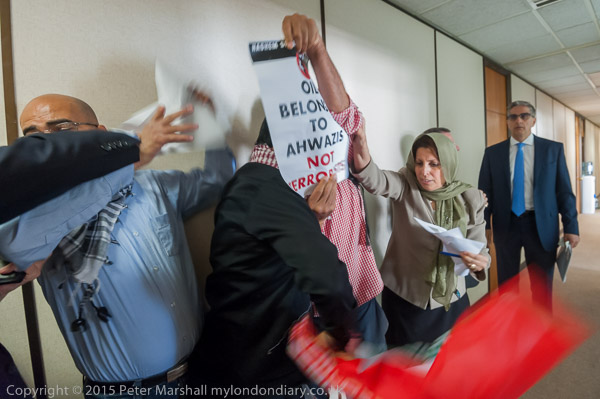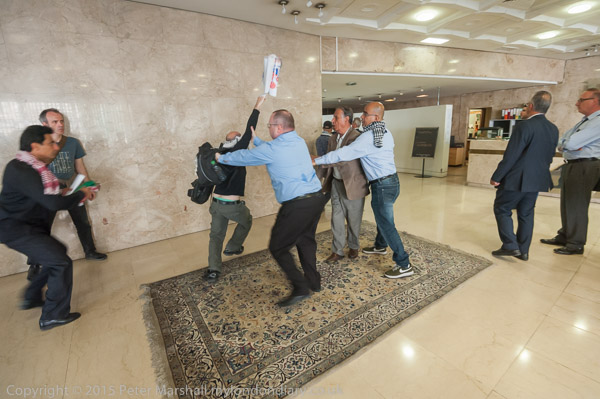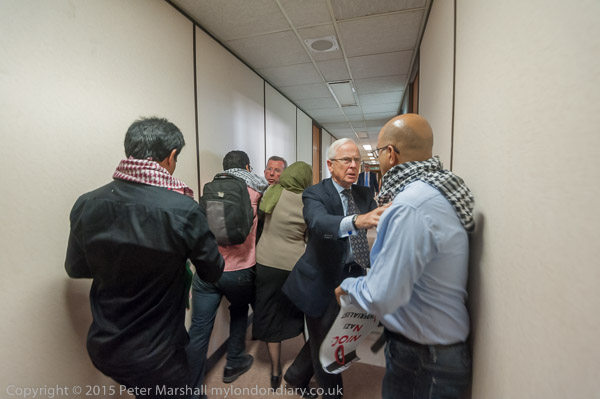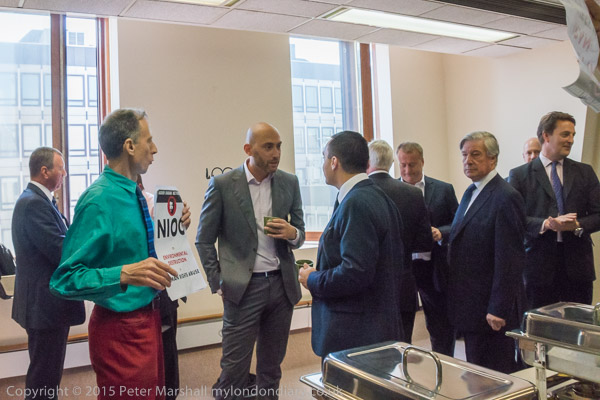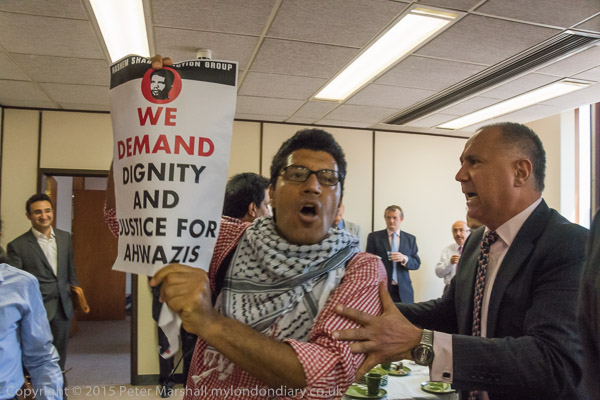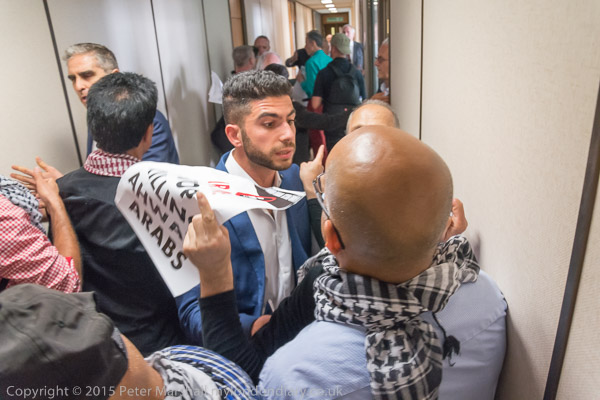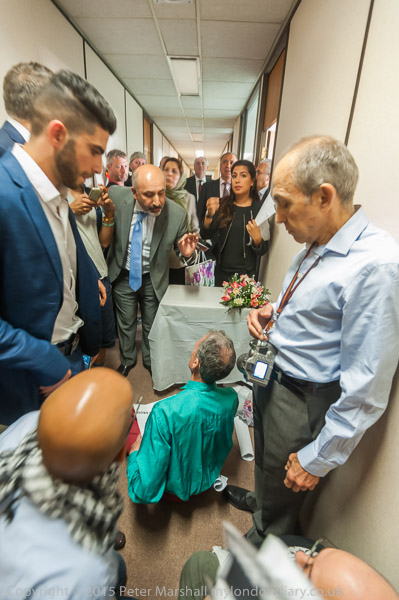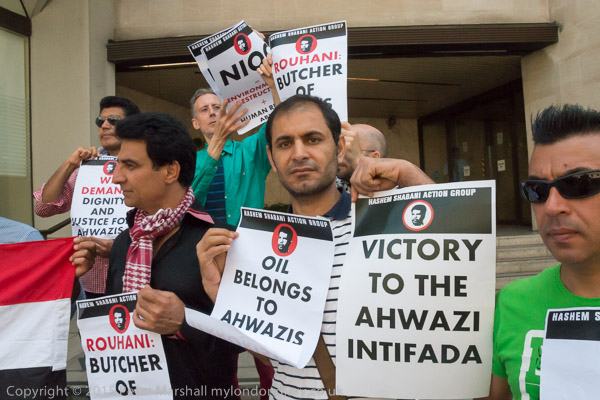The Rutland Gate to Hyde Park from Knightsbridge is just to the west of Hyde Park Barracks, and Rutland Gate is a rather strange double square with bits that extends south from there. These houses are at its south-west extremity, and that in the right is called Clock House, though I think you have to imagine the clock in the circular window above the door. It does have a statue on its roof, or possibly on that of an adjoining building, which appears to be some kind of classical figure. The frontage dates from its conversion to a ‘bijou residence’ between the wars, and the statuary arrived in the 1960s when Austin Blomfield remodelled the house for a former Lord Mayor of London, Sir Henry Aylwen.
Down the road at the Albert Memorial there is no shortage of sculptures, although I’m unsure why this rather large and half-dressed woman seated on an elephant should have been chosen to represent Asia. I suspect she more represents the fantasies of the sculptor than anything else.
Albert is also remembered in Albert Mews, through the archway on this picture of Victoria Grove. Victoria Grove runs from Gloucester Road to Victoria Road.
Kensington Court Gardens is a large mansion block built on the site of the Kensington Lawn Tennis Club in 1887-9 which was bought by Albert Barker. The block was designed by Henry Peck and built by Frederick Moir of Moir, Wallis and Company who moved into a flat there. The street, then Charles St, was renamed to Kensington Court Place in 1908. Flats then were advertised at between £195-£250 per year – equivalent allowing for inflation to £25,000 to £33,000. Some are quite large – one recent advertised had 4 bedrooms, 2 reception rooms, a large study, large kitchen/breakfast room and 3 bathrooms.
The flats have a blue plaque for T S Elliot who moved to flat 3 after his secret marriage to his secretary and editor Valerie in 1957 when he was 68 and she was 30. He died in 1965 but she continued to live her until her death in 2012
The blue plaque to sculptor Jacob Epstein is on a tall house at 18 Hyde Park Gate where he lived from 1929 until his death in 1959. Almost opposite is another blue plaque for novelist and playwright Enid Bagnold, and a little further down the road one for Winston Churchill who bought the house as his London base after his election defeat in 1945. Widely regarded as a hero for leading the country through the war, he is also vilified for his attacks on miners in Tonypandy, the deaths of millions of Indians in the Bengal famine, his approval of area bombing of German cities – surely a war crime – and many other actions.
The flag outside 45 Hyde Park Gate is the Australian flag as this is the Australian High Commissioners official residence. The house has been greatly altered and enlarged since it was built in 1838 as Stoke Lodge by Robert Thew, a major in the East India Company’s artillery.
Hyde Park Gate also includes sections running along the south side of Kensington Road as well as a road leading south. These modern flats are on the north east corner I think date from around 1972 when I think the houses on both sides of the entrance to the street were demolished.
Reading the list of well-known people who have lived in Hyde Park Gate in the Survey of London and on Wikipedia it seems almost every house could have a blue plaque. This one is for Lieutenant General Robert Stephenson Smyth Baden-Powell, 1st Baron Baden-Powell, OM, GCMG, GCVO, KCB, KStJ, DL though there isn’t room for all that on the plaque at 9 Hyde Park Gate, which simply records “Robert Baden-Powell 1857-1941 Chief Scout of the World lived here”.
All pictures are from my album 1988 London Photos. Clicking on any of the images will take you to a larger versinon in the album from where you can navigate forward or backward through all the images.
All photographs on this and my other sites, unless otherwise stated, are taken by and copyright of Peter Marshall, and are available for reproduction or can be bought as prints.








